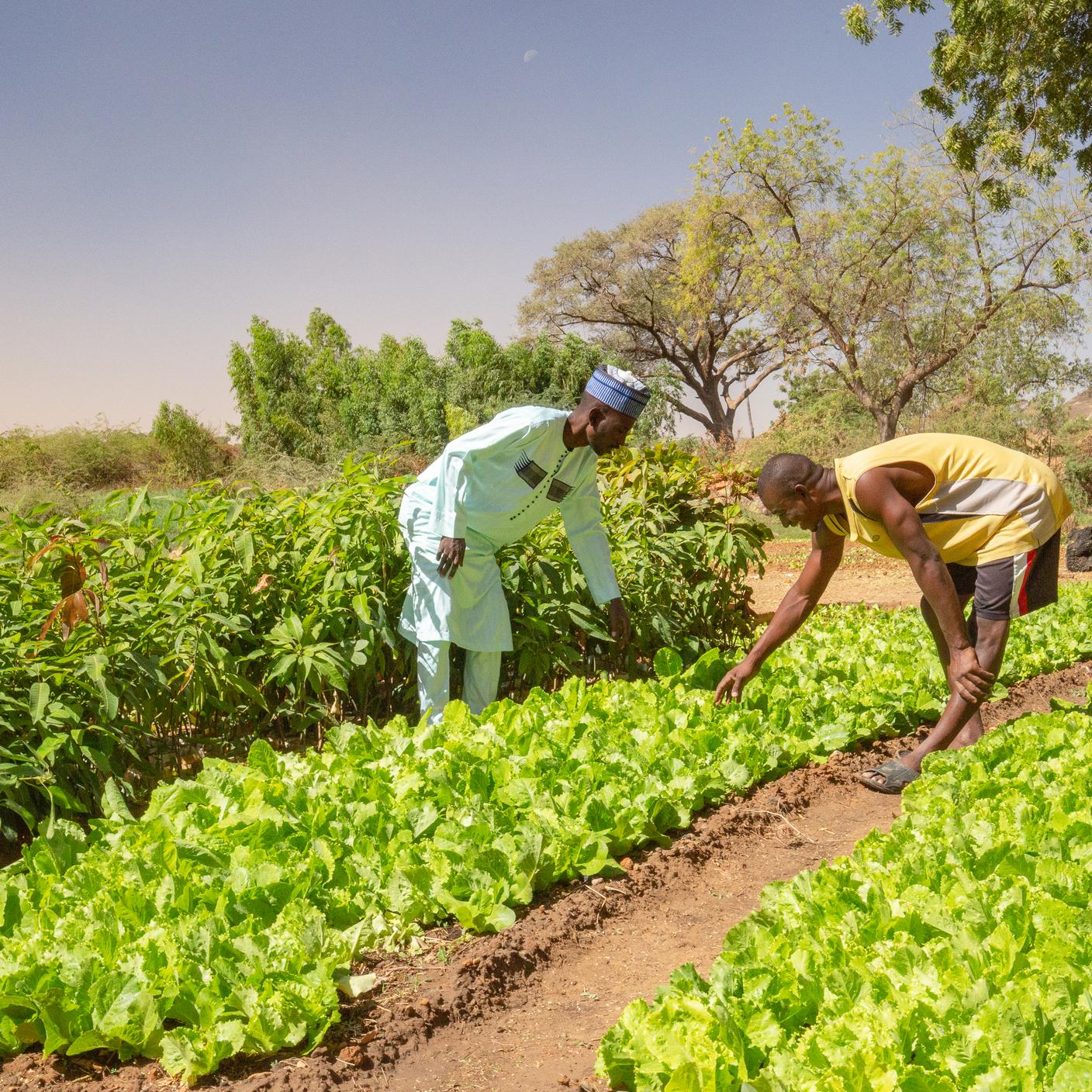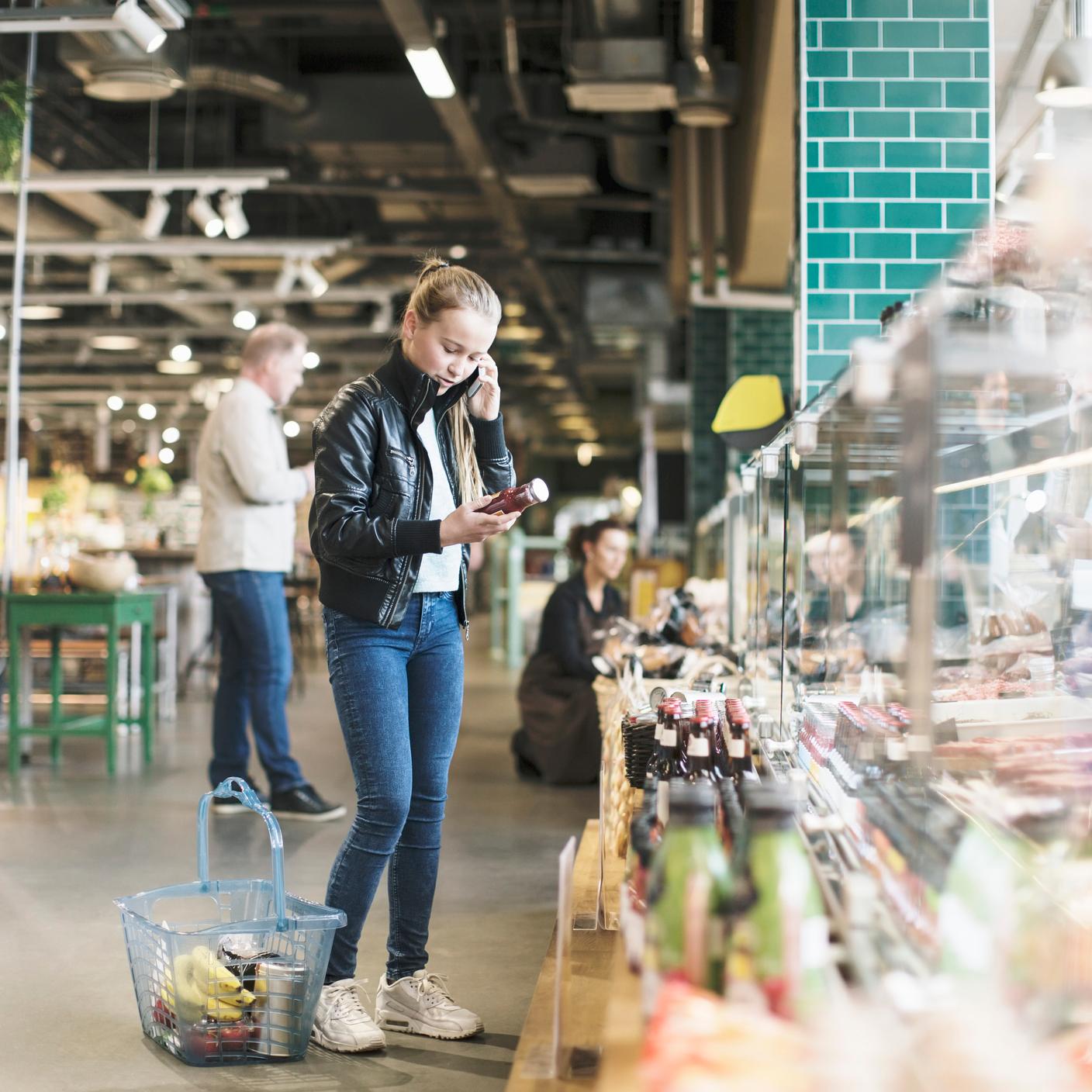According to the World Bank, the food system accounts for 10% of worldwide gross domestic product (GDP), but it’s a complex web that faces countless safety and security challenges.
From extreme weather conditions affecting crop yields to critical energy shortages, food industry organizations are vulnerable.
As consumers continue to demand greater transparency about their food, what can the industry do to create a positive impact? Here, we look at the key risks at play in the modern food system and explore how organizations can approach them.
The risk of food fraud
Fraud in the food industry has the potential to cause health risks to consumers, as well as financial losses throughout the food supply chain.
Any product that's deliberately altered, misrepresented, mislabelled or tampered with comes under the umbrella of food fraud. This might occur in the raw material, in an ingredient, in the final product, or in the food’s packaging.
Recent times have seen a steep rise in food fraud incidents such as the discovery of counterfeited coffee in the Transcarpathian region of Ukraine, and reports of attacks on the alcohol industry, with ingredients like methanol, isopropyl alcohol and industrial alcohol being substituted for food-grade alcohol.
The consequence of food fraud on a business can be damaging both in the short term and the long term. Incidents of theft or cybercrime can create financial costs, fines, reputational damage and the loss of consumer confidence.
The following risks can also pose a challenge.
- Theft and physical security
Theft is one of the biggest risks to the global food supply chain. Food and beverage thefts increased significantly between 2021 and 2022. Almost one in five (18%) of all global cargo thefts were food items. This is likely influenced by extreme weather events and rising energy costs triggering global product shortages and spikes in prices for certain goods.
- Cyber security
As agricultural and livestock production becomes increasingly digitalized, organizations need to make sure they’re resilient against cyberattacks. Organizations that can adapt quickly to digitalization have the opportunity to avoid disruption or financial loss.
In recent years, these kinds of cyber challenges have increased. In 2022, Russia-based cyber criminals hacked a multinational meat production company, which halted the company’s production in Australia and some US states.
In addressing these online attacks, organizations such as the FBI, Food and Drug Administration (FDA), and the United States Department of Agriculture (USDA) have warned organizations to introduce more vigilant online supply chain security because cybercriminals are increasingly targeting shipments of food and drinks.
Reducing the risks of food fraud
Organizations that focus on building resilient and trustworthy supply chains have the opportunity to successfully counteract these risks.
Proactive approaches include:
- Setting up supply chain risk intelligence. This looks at historic data to spot trends. Using real-time alerts, food companies can be proactive instead of reactive.
- Introducing a supplier risk management tool. This can help businesses have increased transparency and understanding about their suppliers. It includes creating rigorous measures for auditing suppliers and tracking products throughout the supply chain.
- Investing in advanced testing and detection. By testing for common adulterants and contaminants, as well as using technologies such as blockchain and DNA analysis, it’s easier to verify products and know if they may have been tampered with.
Today, consumers are more aware, conscious and demanding than ever and want to see clear labelling and product authenticity.
Organizations that put the right tools in place to deliver this, and protect their supply chain security to reduce risks, can be more resilient and effective in the sector.








